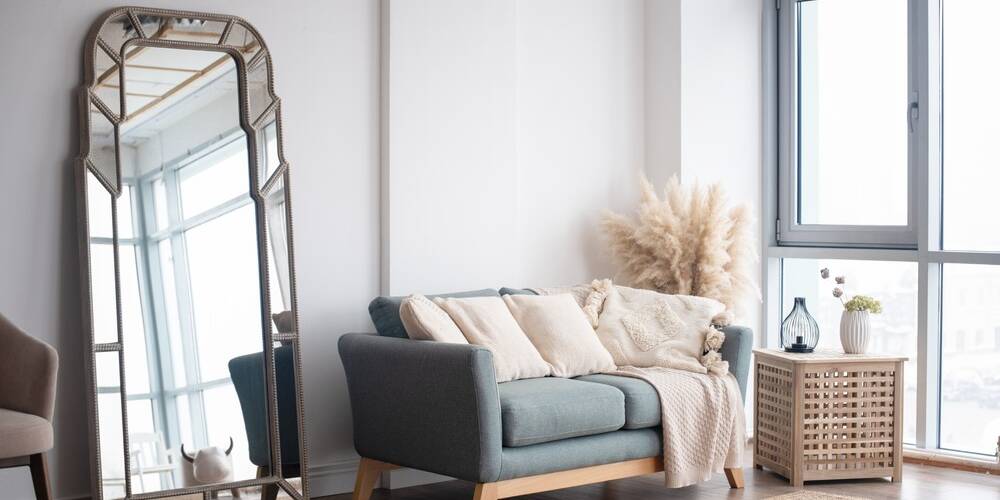Older people need a little more care.
As the Government has raised the retirement age, this means more people working for longer. Yet when they need support, some people believe authorities now strip away their choices and dignity and head them off to residential care with seemingly no other choice. However, older people actually have a better quality of life and are healthier and happier staying at home. If there are no family members able to care for them at home then professional carers can provide round-the-clock care for a similar cost to a care home.
Many of our older generations face a health condition or injury yet are simply not ready to face life in a care home. Our society must allow older people to choose the type of care they wish to receive and make provisions available to meet their choices.
The Coronavirus pandemic highlighted the difficulties care homes face and the pressure they are under. Yet, here in the UK we already have a solution with ‘live-in care’ which is able to meet these individual needs. From short-term assistance while a loved one recovers from illness or injury, to longer-term care when they do not make a sufficient recovery to live unaided.
In many European countries live-in care is the first resort for those needing care, so why in the UK do we urge people into care homes? We need to do more to ensure that live-in-care is the first piece of the jigsaw for supporting our elderly, especially as it could work to prevent accidents that could lead to long-term problems.
Fall statistics explained
According to research in the ‘Better At Home’ Report from The Live-in Care Hub, the average number of falls is 30% for those over 65 and 50% for those over 85 living at home each year. Yet alarmingly, this rate increases by over 30% for those living in a care home. The resulting injuries are more significant, leading to hospital stays four times the number for care home residents compared to those living at home with a professional live-in carer.
When you consider the ratio of care home staff to residents, these figures, whilst alarming, should come as no surprise. Ratios often see staff stretched and looking after as many as eight residents. With many personal care tasks requiring a minimum of two carers, it is clear to see that other residents could be left unattended for some time. With no one around to assist, tasks that should be supervised can leave the resident attempting them alone. From bathroom trips, opening windows or simply trying to change position in bed or in a chair, having no one around when needed leads to many unnecessary falls within care homes.
How live-in care could provide significant benefits
Choosing a live-in carer will provide one-to-one care tailored to ensuring that care is there when needed. A live-in carer will assist, support, or take over a task when needed, removing the chances of a fall. Even the most expensive and dedicated care or nursing home cannot provide this level of personalised care. Residential and nursing care typically only reaches 3-4 hours a day per individual and revolves around dressing, washing, and carrying out other tasks required for the many residents. Staff changes and turnover can leave older residents exposed to unfamiliar carers and their individual needs becoming generalised.
The UK Government recognises the need for ‘personalised care’ and a ‘home first’ approach, yet the onus is left to society to make it happen. Our society needs to make changes to make this happen. Live-in-care is the way to support our older generations or those in need of additional support to live their best lives. Live-in home care, after all, is a model that is proven to keep older people safer and offer truly personalised support and companionship that cannot be met in institutionalised care.




